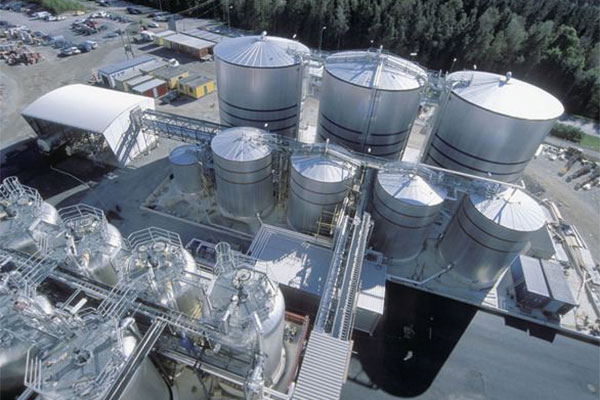
Energy, emission savings in the process industry
MANAMA, September 13, 2016
The process industry has a lot in common with the construction sector in terms of ways of reducing energy consumption and CO2 emission. In both cases a key to sustainability lies in viable solutions that lower the operating costs by minimising heat transfer and therefore – the final energy demand. How much can a single factory save with proper insulation?
According to Energy Savings Opportunity Scheme (ESOS) regulations, organisations that qualify as large undertakings must choose one or more routes to compliance that cover all areas of significant energy consumption and are bound to carry out ESOS assessments every four years. These assessments are audits of the energy used by their buildings, industrial processes and transport to identify cost-effective energy saving measures. Unfortunately, the savings potential is not always recognised.
“The level of insulation applied may be based on a minimum investment decision following requirements regarding the maximum surface temperature to avoid personal injuries, minimum process needs or based on generic maximum heat loss rates only,” said Craig Treanor, technical support manager at Paroc Ltd and certified TIPCHECK engineer.
“There is a recognised gap between current and cost-effective insulation levels.” He added.
Recognising the potential
How much could we save? The answer to that question can be found in the European Industrial Insulation Foundation report "Climate Protection with rapid payback – Energy and CO2 savings potential of industrial insulation in EU-27”.
According to the non-profit organisation, the share of equipment without insulation or with damaged insulation in EU is conservatively estimated to be 10 per cent, 6 per cent and 2 per cent for low- middle- and high temperature surfaces respectively. There is a significant energy saving and CO2 mitigation potential related to improved thermal insulation in industry. This potential is currently untapped, despite being cost-effective to implement.
The report covers several case studies where TIPCHECK energy audits were performed. In a chemical plant in France, 30 valves and 35 storage tanks rooftops were uninsulated, generating a total of 12.600 Mwh of unnecessary heat loss per year.
“An investment of €100,000 ($112,000) which covered audit, insulation instalment and material costs, allowed to achieve approximately €405,000 of energy cost savings in the first year and €505,000 in the following years. Payback? Merely two and a half months,” explained Treanor.
Benefits for European industry
The study goes the extra mile to describe the potential of energy and emission savings for all European Trading System members, including the UK. EIIF estimates that if the plant managers in EU-27 would consider economically viable solutions such as insulating bare surfaces to cost-effective levels and repairing damaged insulation in industry, we could save approximately 620 PJ of energy and cut the emission of CO2 by 49 Mt yearly.
This energy savings potential is equivalent to the energy consumption of all Dutch industry, while the annual CO2 reductions potential is equivalent to 18 million medium-sized cars each running 12,500 kilometres per year.
In order to tap into this potential, the assessors at EIIF estimate a one-time investment of €900 million is required. At current prices, it would help reduce industry production costs Europe-wide by €3.5 billion every year and diminish the gas import from Russia by up to 12.5 per cent.
The average payback period of industrial insulation improvements is 1-2 years and it is easy to achieve compared to other Best Available Techniques. It can be even shorter depending on energy prices, energy losses and insulation costs. – TradeArabia News Service







